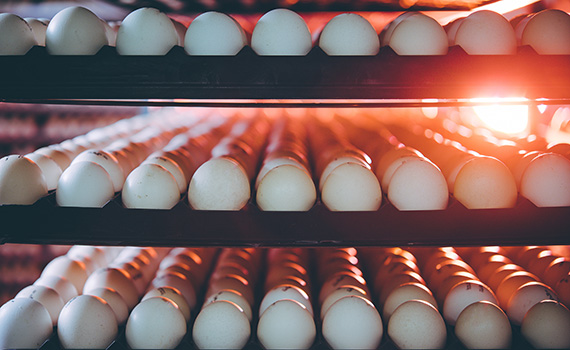Hatcheries in NAE production systems can’t cut corners on cleaning, husbandry
Hatcheries providing chicks for no antibiotics ever (NAE) production need to be meticulous with cleanliness and good husbandry practices in order for the program to succeed, Scott Martin, an independent poultry consultant specializing in hatcheries, told Poultry Health Today.
“Everything’s about economics, and I understand that. I’ve been in the business for 42 years…but we have to understand what it takes to go antibiotic-free,” he said, adding that the hatchery is no place to take shortcuts.
Companies are hesitant to pay overtime but, when corners are cut in the hatchery, what often suffers is hatchery sanitation — a costly move any time, but it’s particularly troublesome now since most poultry companies are no longer using an antibiotic in the hatchery.
Martin, a proponent of in ovo vaccination for Marek’s and other important diseases, acknowledged there is concern that without antibiotics in the hatchery, punching a hole in an egg to vaccinate could predispose chicks to bacterial infection. However, that risk can be minimized or eliminated with careful attention to cleanliness, and it’s no reason to abandon in ovo vaccination.
Follow the label
He emphasized that eggs going into incubators must be clean and that everything in the hatchery must be properly disinfected. Disinfectants need to be used according to the label and should not be diluted to see how far they can be stretched. “It’s all about saving money, but one thing that I feel we lose focus on is quality of the baby chick,” he said.
Hatchery equipment also must be cleaned thoroughly. “And it has to be done every day. Every day. We cannot skip a day, and it happens too often. It’s not good [for] the equipment and it’s not good for our baby chicks,” he said.
Hatcheries in NAE systems also need to focus on good husbandry. Some companies are trying to run lean, Martin continued. They’re producing more chicks with fewer employees “which is fine as long as we’re automated and set up to do that. But most of the time we’re not.”
Stress-free chicks
After hatch, chicks need to be kept as stress-free as possible. They should never get too hot in the hatchery or during transport to the farm, where they should be moved as soon as possible so they can start on feed and water.
He noted that “from the time of pull until the time the baby chicks are on feed and water at the farm, we need to try to keep that to less than 7 hours.” That should be the absolute max, Martin added — but 3 hours is even better.
Posted on August 4, 2021
 We’re glad you’re enjoying
We’re glad you’re enjoying
















